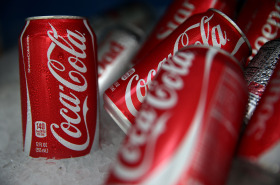"My Chinese is very bad"
+ READ ARTICLEMark Zuckerberg spoke Chinese throughout a Q&A in Beijing Wednesday, barely unable to suppress a smile as murmurs of surprise and excitement rippled through the audience.
The billionaire CEO and social media guru discussed “connecting the world, Internet.org, innovation and the early days of Facebook” at Tsinghua University, where Zuckerberg recently joined the School of Economics and Management Advisory Board, according to his Facebook page.
Zuckerberg posted a video of his “first ever public Q&A in Chinese” on his Facebook page. In this clip he self-deprecatingly says, “My Chinese is very bad.”





